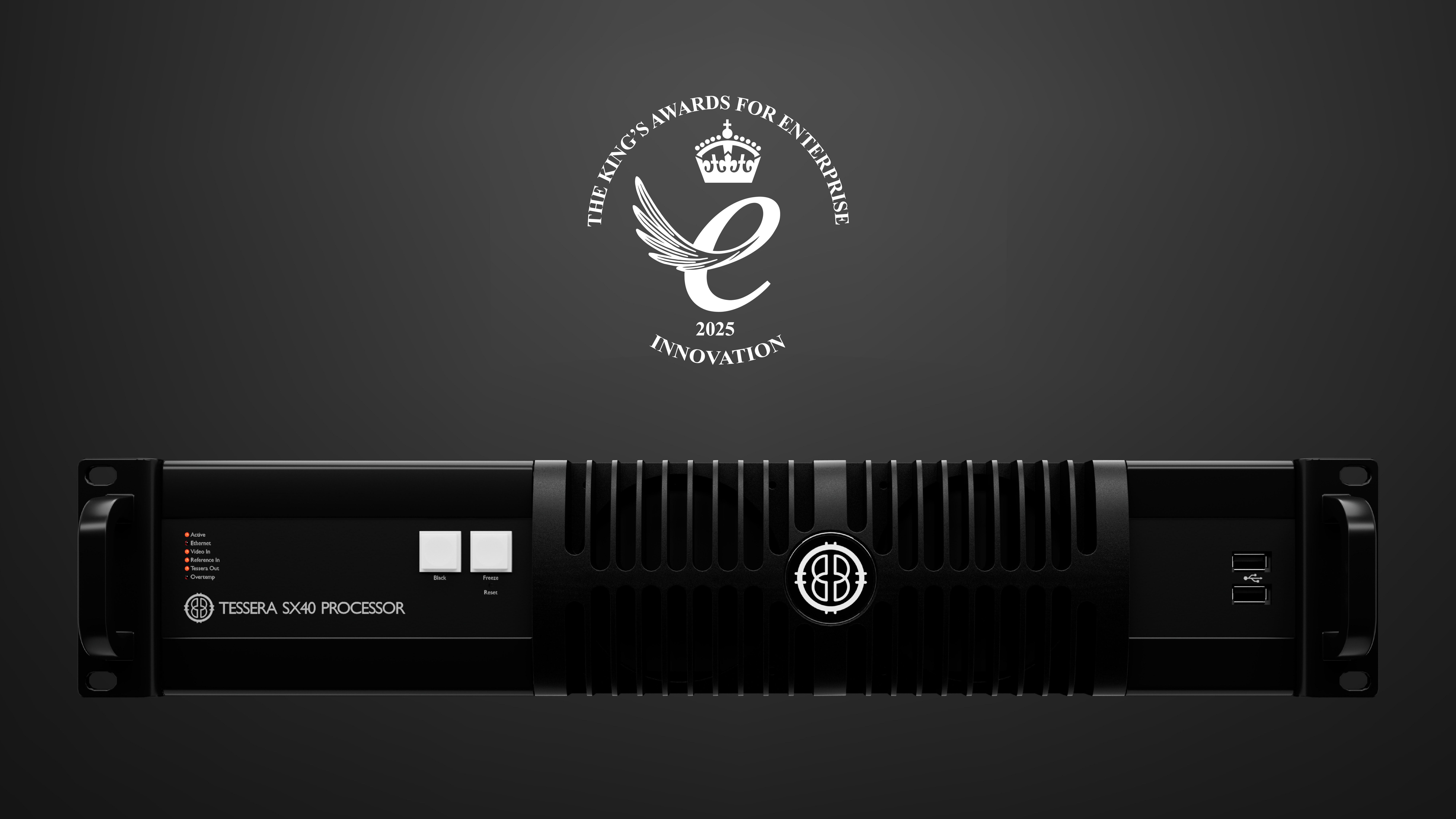Director Defends Capturing ‘Public Enemies’ in HD
Director Michael Mann, who chose to record the widely released Johnny Depp movie “Public Enemies” in HD instead of film, is finding himself defending his decision in the wake of some movie critics’ jabs that Mann’s choice of technology was all wrong for the subject matter at hand–chronicling the renowned bank robber of the 1930s.
Some critics found it jarring that the quality of HD brought a bit too much realism and see-it-live qualities to the story, which obviously took place many decades ago. But Mann said he used HD in order to prompt theater audiences to interact more fully and personally with the film, which was set in the Depression.
Mann has said in various forums in recent weeks that he did not wish to produce a “period piece” on the subject matter, gangster John Dillinger. “I wanted them to have an intimate connection to those times and for those times to have an impact on people.”
A few months before principal photography began on “Public Enemies,” Mann said he and his co-workers tested the Sony F23 for a series of commercials. (On one set, it was mounted to a race car driving at speeds of up to 140 MPH. On another, it was handheld with the operator running between football players on a practice field.)
Mann’s production team said the F23’s “ergonomics, film-like design and incredible amount of features–such as multi-speed recording, ramping and…the 4:4:4, 10-bit quality–proved to be bullet-proof,” according to comments released by Sony after the film opened in late June.
Mann said about 95 percent of the movie was shot with the F23, while a Sony PMW-EX1 camcorder handled shots that required more mobility (such as the interior of planes and autos during high-speed chases).
Some critics took the director to task for his HD choice for, among other things, what they said were overly dark scenes in which several characters wearing hats with brims were indistinguishable from one another, and for what one movie critic for The Mirror in London called an “embarrassingly amateurish sound track.”
Yet the film apparently is a hit with the public—raking in more than $40 million in America in its first week at the box office.
Get the TV Tech Newsletter
The professional video industry's #1 source for news, trends and product and tech information. Sign up below.
